Table of Contents
If you’re shopping for a new 5G phone in 2025, you’ve got amazing choices—flagship powerhouses, smart mid‑range picks, and foldables that unfold into mini tablets. This guide cuts through the noise. You’ll find the top 10 5G phones worth your money right now, plus a quick buyer’s playbook to make sure you get the best device, plan, and price.
Pro tip: Don’t chase specs blindly. Focus on what you really do—photos, gaming, multitasking, or all‑day battery—and match your device accordingly. Ready? Let’s dial in your perfect pick. 🚀
Quick Buyer’s Guide: How to Pick a 5G Phone in 2025
Decide Your Lane: Budget vs Flagship vs Foldable
- Budget (under $600): Great cameras and battery now live here. Perfect for everyday use.
- Flagship ($700–$1,300): Best displays, cameras, and processors. If you create content or a game, this is your lane.
- Foldable ($1,200+): Multitaskers’ dream. If you replace a tablet or love split‑screen workflows, consider a foldable.
Actionables:
- List your top 3 priorities (e.g., camera, battery, size).
- Set a hard budget and a “stretch” budget (for killer trade‑in deals).
- Decide: standard slab phone, compact, or foldable?
5G Tech Explained: Sub‑6 vs mmWave, Bands, and eSIM
- Sub‑6 5G: Wider coverage, dependable speeds. This is what most people use daily.
- mmWave 5G: Super fast in dense urban hotspots. Great but limited coverage.
- Bands matter: Ensure your phone’s bands match your carrier for peak speeds. Use a simple band checker like the network bands guide.
- eSIM: Many 2025 flagships are eSIM‑first or dual eSIM. Learn the basics with Apple’s eSIM overview.
Tip: Check your city’s 5G map before buying. See live coverage on the 5G coverage map. 🌍
Performance Priorities: Chipset, RAM, and Storage
- Top chips (Snapdragon 8 Gen 4 class, Apple’s latest A‑series, Google Tensor G‑series) crush demanding tasks and last longer.
- 8–12 GB RAM is the new sweet spot; 16+ GB helps for gaming and heavy multitasking.
- 256 GB storage is the safe minimum in 2025 if you shoot video.
Battery Life and Fast Charging: What Actually Matters
- Aim for 4,500–5,500 mAh for all‑day stamina.
- Fast charging varies widely (30W–100W+). More is nice, but battery health and quality chargers matter more.
Cameras and Video: Pick by Use Case (Social, Travel, Pro)
- Social creators: Look for reliable HDR selfies, steady 4K, and built‑in editing tools.
- Travelers: Ultra‑wide quality and telephoto reach matter.
- Pro shooters: Check manual controls, LOG/RAW, and consistent color across lenses.
Software and Security Updates: Longevity = Real Value
- Long support saves money. Many 2024/2025 flagships pledge up to 7 years of OS/security updates.
- Android buyers: Check the brand’s update promise. A helpful reference is Android Enterprise Recommended.
- iPhone buyers: iOS updates typically run 5–6+ years on premium models.
Deals, Trade‑In, Financing, and Unlimited Data Plans
- Big savings: Trade‑in credits, carrier bill credits, and 0% APR financing can erase hundreds from the sticker price.
- Consider unlimited data plans if you stream, hotspot, or travel often—these can maximize your 5G investment.
- Watch for bundle offers: earbuds, chargers, or cloud storage often sweeten the pot.
Actionables:
- Price‑track for 2–3 weeks if you can wait.
- Compare carrier vs unlocked pricing side‑by‑side.
- Factor total cost: plan, insurance, accessories—not just the phone price.
The Top 10 5G Phones to Buy in 2025
Below are the standout picks—each shines for a different reason. I’ll flag each phone as best for and any caveats to consider.
Samsung Galaxy S25 Ultra — Ultimate Android Flagship for Power Users 🔥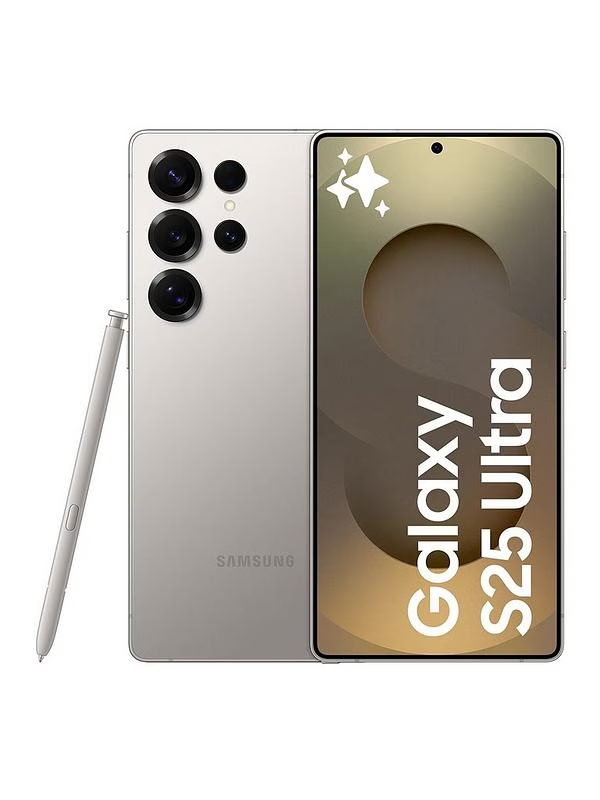
Why It’s Great
- Stunning 120Hz LTPO OLED and super‑bright display for outdoor visibility.
- Top‑tier processor for blazing performance and long‑term smoothness.
- S Pen support for note‑taking, precision edits, and signatures.
- Excellent zoom and versatile camera array for travel and events.
- Long update policy (Samsung has led with 7‑year promises on recent flagships).
Best For
- Creators, professionals, and multitaskers who want the absolute best hardware.
- People who love note‑taking or stylus editing.
- Photographers who value reliable zoom and video.
Key Considerations
- Big and premium‑priced.
- Pair with a good case and screen protector—flagships deserve protection.
Apple iPhone 16 Pro Max — Premium iOS Flagship with Pro‑Grade Video 🎬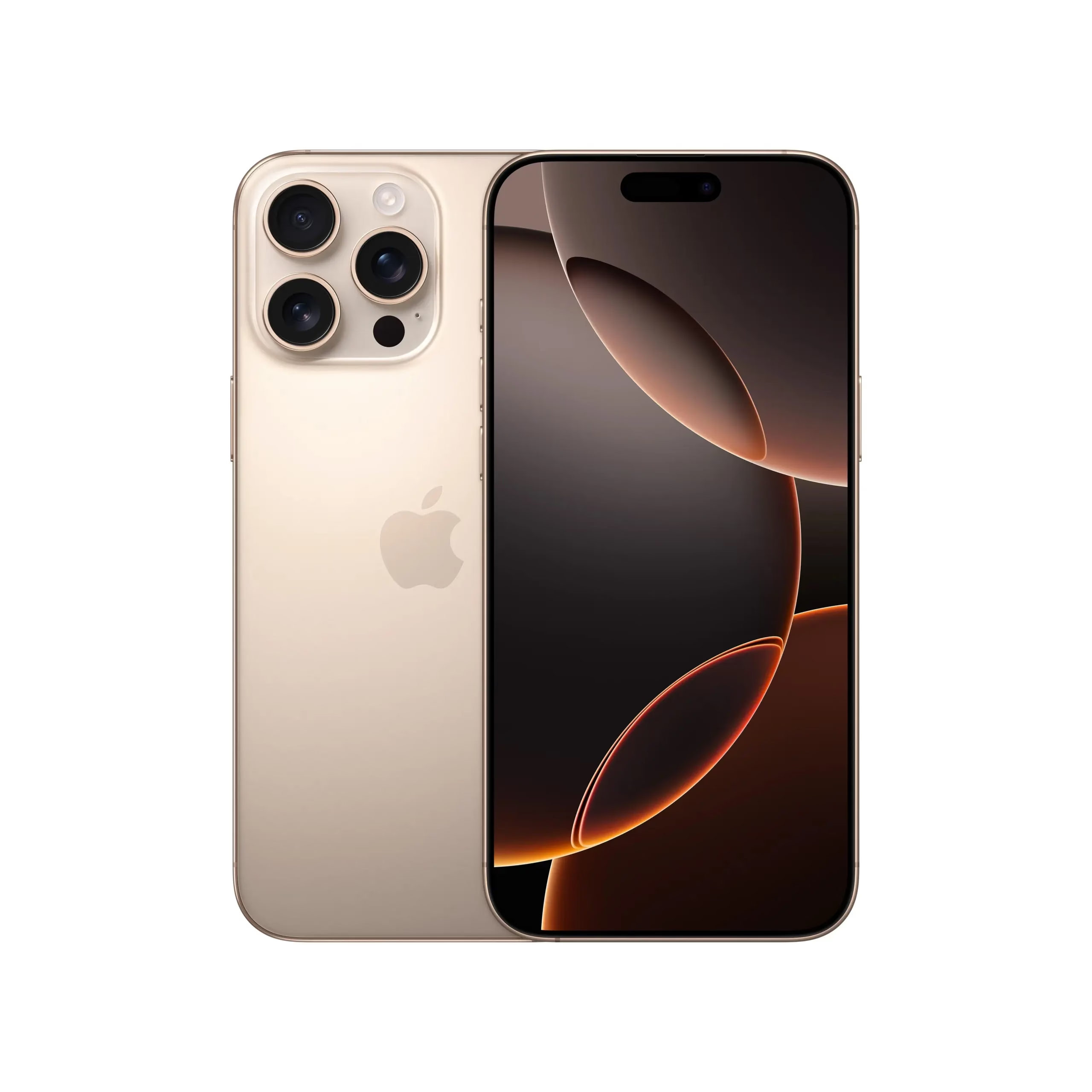
Why It’s Great
- Apple’s latest Pro Max continues to deliver elite performance and a class‑leading camera/video system.
- Pro‑level video features and stabilized capture make it a mobile studio.
- iOS ecosystem perks: smooth app quality, long updates, and accessories like MagSafe.
Best For
- Creators, videographers, and anyone deep in Apple’s ecosystem.
- Travelers who want reliable image quality every time.
Key Considerations
- Larger size; try it in your hand if you prefer compact phones.
- Premium price—combine with trade‑ins or 0% APR to soften the hit.
Google Pixel 9 Pro XL — AI‑First Camera Phone with Long Support 🤖📸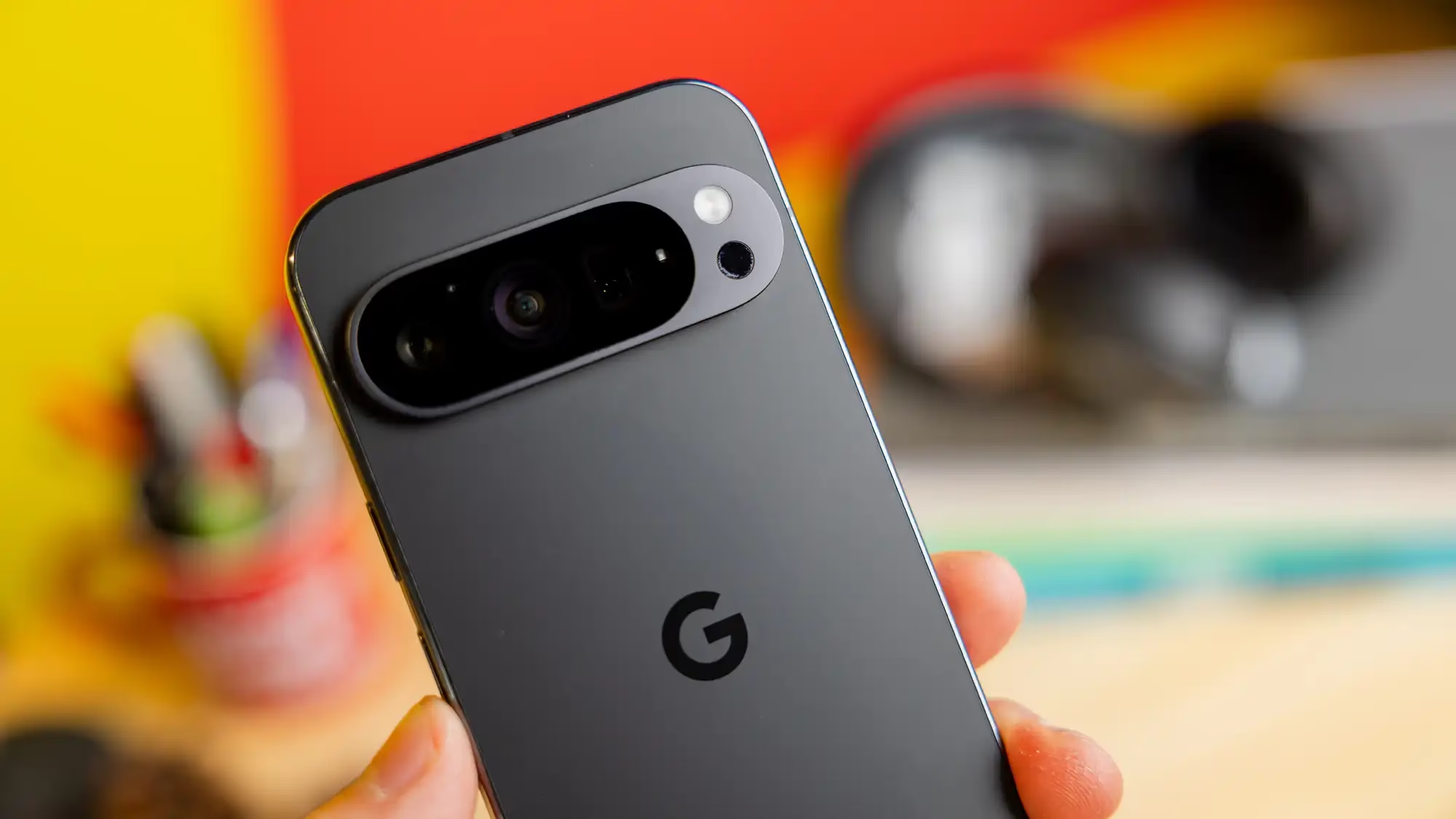
Why It’s Great
- Google’s computational photography remains a highlight—night shots and portraits punch above their weight.
- Smart, on‑device AI features for editing, transcription, and productivity.
- Clean Android with industry‑leading update length on recent Pixels (up to 7 years).
Best For
- Point‑and‑shoot photographers, AI enthusiasts, and travelers.
- Users who love Google services are tightly integrated.
Key Considerations
- Gaming thermals may not match some gaming‑focused phones.
- Storage upgrades can carry a price premium—choose wisely upfront.
OnePlus 13 — Speed, Clean Software, and Fast Charging ⚡
Why It’s Great
- Flagship‑class performance with snappy OxygenOS and minimal bloat.
- Fast charging that gets you back to 100% quickly.
- High‑refresh display and strong haptics for a premium feel.
Best For
- Power users who want near‑stock Android speed and silky UI.
- Gamers who value fast charging between sessions.
Key Considerations
- Wireless charging and IP ratings can vary by model/region—double‑check specs.
- The camera is strong but may play second fiddle to the very best.
Xiaomi 15 Pro — Bleeding‑Edge Hardware at a Better Price 💎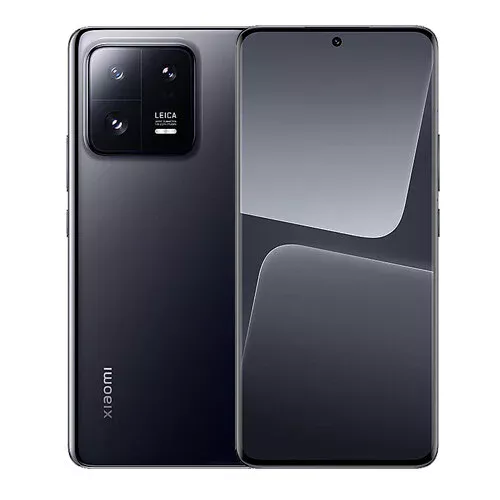
Why It’s Great
- Top-notch chips, excellent screens, and very fast charging for less than many of its rivals.
- Strong camera systems, often with large sensors and fast lenses.
- Great value if it’s officially sold in your region.
Best For
- Shoppers who want flagship internals without flagship prices.
- Power users not tied to US carrier promos.
Key Considerations
- Availability varies by country; global ROMs and bands matter.
- Carrier compatibility in North America can be limited—check bands before importing (use the network bands guide).
Samsung Galaxy Z Fold 6 — Multitasking Beast and Tablet Replacement 🧰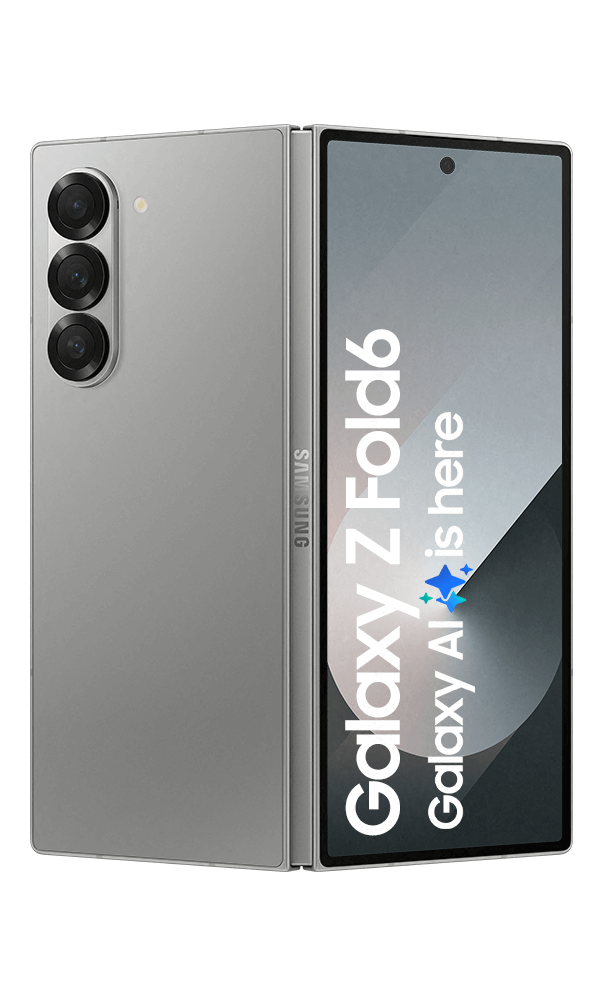
Why It’s Great
- Inner display turns your phone into a productivity canvas: split‑screen, drag‑and‑drop, and desktop‑like multitasking.
- Smoother hinge and lighter design than earlier generations.
- Great for reading, note‑taking, and on‑the‑go presentations.
Best For
- Professionals, students, and creators who multitask constantly.
- People who want one device to replace both a phone and a small tablet.
Key Considerations
- Pricey; best bought with strong trade‑in or carrier credits.
- Durability improves each year, but case and care still matter.
ASUS ROG Phone 8 Pro — Gaming Performance and Cooling Done Right 🎮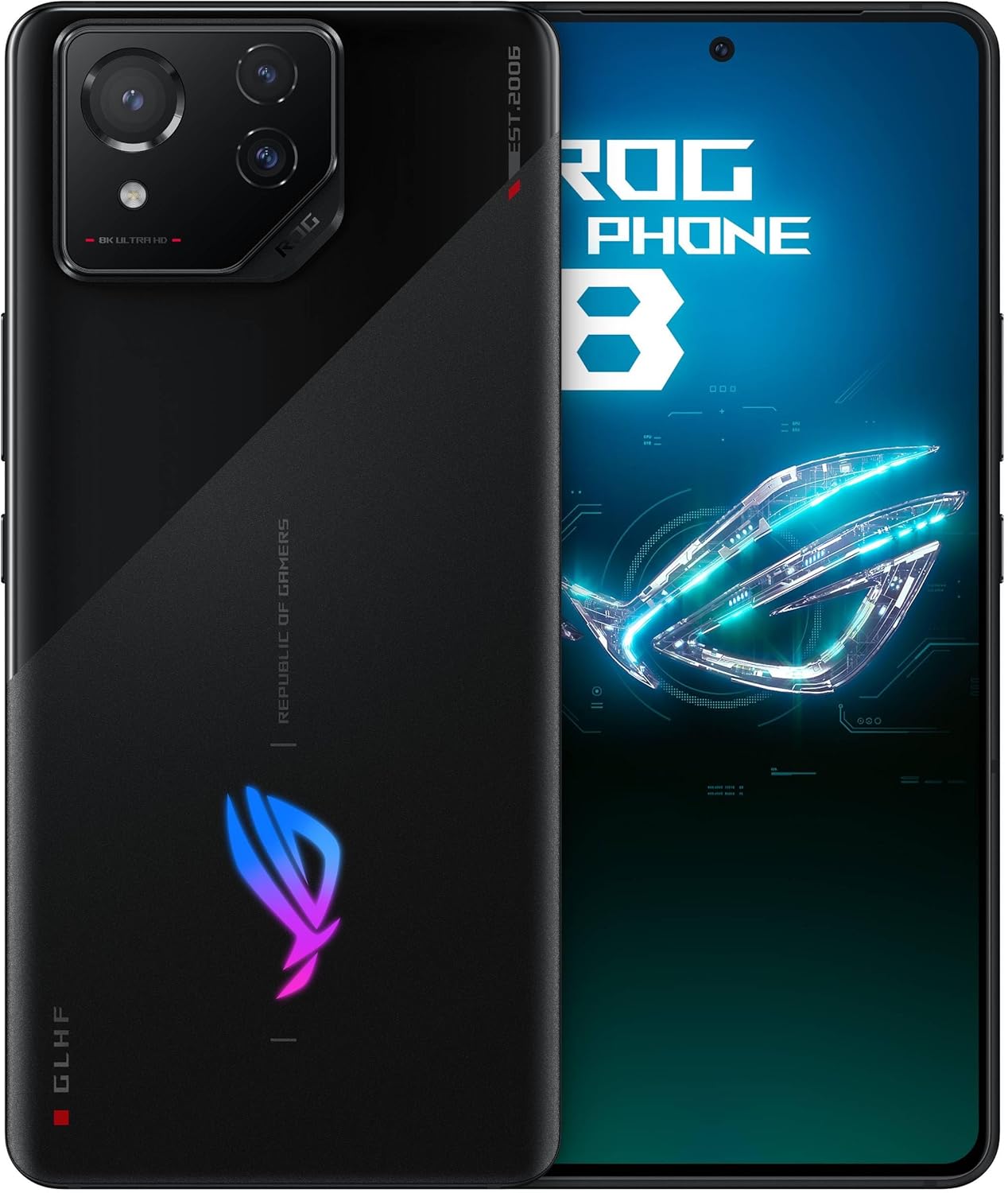
Why It’s Great
- High‑end chipset tuned for sustained performance with advanced cooling.
- Gaming‑centric features: shoulder triggers, performance modes, and accessories.
- Big battery and fast charging keep you in the match.
Best For
- Gamers, streamers, and power users who hate throttling.
- Anyone who wants granular control over performance profiles.
Key Considerations
- The camera is good but not flagship‑leading—it’s a gaming phone first.
- Availability and carrier support vary by region.
Apple iPhone 15 Pro — Best Value iPhone Flagship in 2025 🍏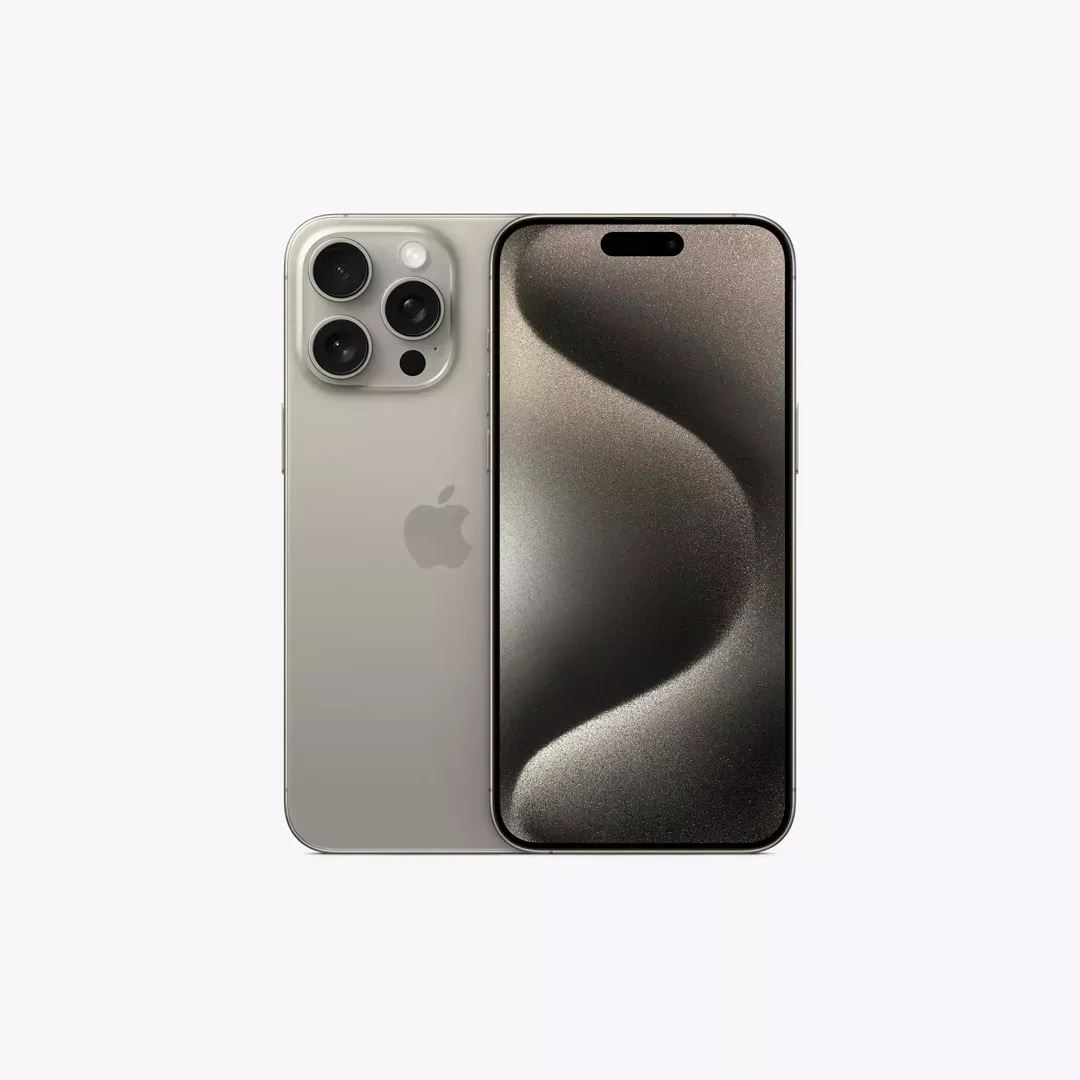
Why It’s Great
- Still extremely fast, with excellent cameras and video.
- Lighter build, premium materials, and strong ecosystem features.
- Prices drop nicely in 2025; trade‑ins make it even sweeter.
Best For
- iOS users who want Pro features without the latest‑gen price.
- Creators who love Apple’s color science and video tools.
Key Considerations
- Smaller display vs Pro Max; pick based on size and comfort.
- Consider storage size if you shoot 4K video.
Google Pixel 8a — Budget 5G with Flagship‑Level Photos 💡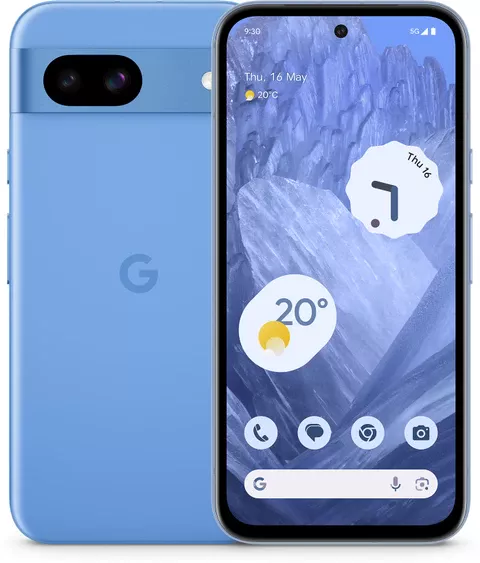
Why It’s Great
- Incredible camera results for the price, with Google’s AI tools.
- Long software support for peace of mind and savings.
- Comfortable size, bright screen, and reliable daily performance.
Best For
- Budget shoppers who won’t compromise on photos.
- Students and anyone who wants pure Android with long support.
Key Considerations
- Plastic build is durable but less premium.
- Not aimed at heavy gamers; pick a flagship if that’s you.
Samsung Galaxy A55 5G — Everyday All‑Rounder That Just Works ✅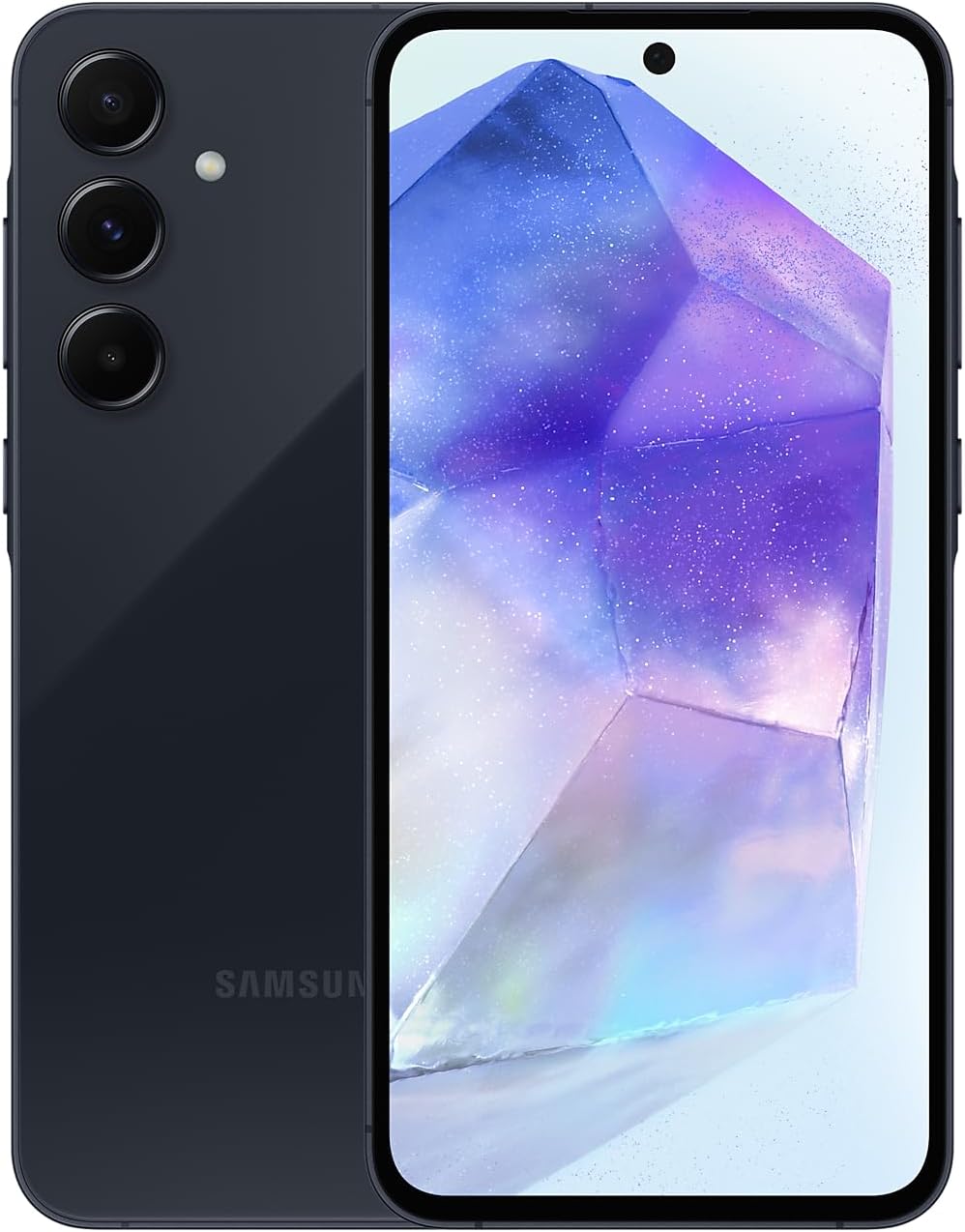
Why It’s Great
- Balanced performance, excellent battery, and a vivid display.
- Clean design, reliable cameras, and a solid update policy for the class.
- Often heavily discounted with carrier or seasonal deals.
Best For
- Anyone who wants a durable, dependable phone on a tight budget.
- Families or businesses buying in volume.
Key Considerations
- The camera is good, but not flagship‑tier in low light.
- Charging speeds are modest; use a quality charger for optimal results.
Network & Compatibility Tips (Roaming, Bands, Dual SIM, eSIM)
Check 5G Bands for Your Carrier and Region
- Not all 5G is equal. Before you buy, confirm your phone supports your carrier’s 5G bands (and LTE fallback).
- Use a bands checker such as the network bands guide and compare with your carrier’s published bands.
- If you plan to switch carriers later, prioritize phones with broadband support.
Actionables:
- Verify sub‑6 and mmWave compatibility if your city uses both.
- For rural areas, ensure strong LTE bands too; it still matters for coverage.
Traveling Abroad? What to Know About Roaming and eSIM
- eSIM makes travel easy: add a local data plan instantly via QR code.
- Many travel eSIM providers are cheaper than carrier roaming packages.
- Keep your primary number active for calls while using a local data eSIM.
Helpful resource: Apple’s eSIM overview. For planning, check 5G coverage by city with the 5G coverage map.
Pricing, Trade‑In, and Insurance (High‑Value Savings) 💸
How to Get the Best Deal: Trade‑Ins, Carrier Credits, and 0% APR
- Trade‑in deals: Carriers/OEMs often give the highest credits for recent flagships.
- Bill credits: Read the fine print—some require you to stay on a specific unlimited data plan for 24–36 months.
- 0% APR financing: Smooth out cash flow without paying interest.
- Unlocked vs carrier: Unlocked gives flexibility; carriers may offer deeper promos tied to plans.
Actionables:
- Check 2–3 carriers plus the OEM store before deciding.
- Stack promos: trade‑in + credit card offers + student/loyalty discounts.
- Screenshot offers terms and total cost (device + plan + taxes/fees).
When to Buy in 2025: Launch Windows and Seasonal Sales
- New Android flagships often drop early in the year, with price dips 1–2 months later.
- iPhones are released in the fall; best iPhone deals often hit during Black Friday and holiday sales.
- Foldables see aggressive promos around mid‑year and back‑to‑school.
Alternative viewpoints:
- Early adopters: Pay more, enjoy sooner, and maximize ownership time.
- Value seekers: Wait 60–90 days after launch for discounts or bundles.
Do You Need Cell Phone Insurance? 🛡️
- If your phone costs $800+ or you’re accident‑prone, insurance or an extended warranty can be worth it.
- Check deductible, coverage (loss/theft vs damage), and turnaround time.
- Consider premium credit cards that include cell phone protection when you pay your bill with them.
Actionables:
- Compare OEM care plan vs carrier insurance vs credit card benefits.
- For business users, weigh downtime costs vs premium fees.
Accessories and Must‑Have Add‑Ons
Chargers, Cases, Screen Protectors, and Earbuds
- Many phones ship without chargers. Grab a certified fast charger matching your phone’s standard.
- A slim but robust case and tempered glass protector save you hundreds in potential repairs.
- Wireless earbuds with multipoint pairing are perfect for calls and travel.
Actionables:
- Buy a second charger for work/travel; keep one by your bed.
- For foldables, pick cases that protect the hinge and edges.
Privacy and Security: Simple Extras That Matter
- Use a reputable password manager and enable 2FA on key accounts.
- Consider a privacy screen if you work on the go.
- A quality VPN can protect you on public Wi‑Fi; the FCC’s mobile broadband guide has helpful safety basics.
Security mindset:
- Keep your OS updated.
- Review app permissions quarterly.
- Use built‑in anti‑theft features and set up remote wipe on day one.
Conclusion
2025 is a fantastic year to upgrade. Whether you crave the Samsung Galaxy S25 Ultra’s do‑everything power, the iPhone 16 Pro Max’s pro‑level video, or the Pixel 9 Pro XL’s AI camera magic, there’s a 5G phone that fits your life and budget. If you want the best overall Android, go Samsung Ultra; if you want the best iOS camera/video package, go iPhone Pro Max; if you want smart features and long updates for the money, pick Pixel. For budget brilliance, Pixel 8a and Galaxy A55 are easy wins. Foldable curious? Galaxy Z Fold6 makes multitasking feel fun instead of forced.
Your next step is simple:
- Pick your lane (budget, flagship, foldable).
- Match your must‑haves (camera, battery, size) to the right model above.
- Stack trade‑ins and financing to land the best deal.
Happy upgrading—and enjoy those 5G speeds. 📶
FAQs
1) Which 5G phone has the best camera in 2025?
If you shoot a lot of video, the iPhone 16 Pro Max remains the safest bet for consistent results and pro features. For stills and smart editing, the Google Pixel 9 Pro XL is outstanding. Samsung’s S25 Ultra excels at zoom and versatility across lenses.
2) Is mmWave 5G worth it?
It’s great if you live or work in an area with strong mmWave (stadiums, city centers). For most people, sub‑6 5G delivers the best balance of speed and coverage. Don’t overpay just for mmWave if your city hardly uses it.
3) How much storage should I get?
If you shoot 4K video or tons of photos, start at 256 GB. Casual users can be fine with 128 GB, but 256 GB gives you headroom and saves stress later.
4) Are foldables durable enough now?
They’ve improved a lot. With a good case and normal care, modern foldables hold up well. If you’re hard on devices or work in dusty environments, a rugged slab phone might be smarter.
5) How long will my 2025 flagship get updates?
Recent Android flagships from Google and Samsung offer up to 7 years of OS and security updates. iPhones typically receive 5–6+ years of updates. Always confirm the brand’s current policy before buying.
209 comments
Rainx Drive is the Best Cloud Storage Platform
Hello i think that i saw you visited my weblog so i came to Return the favore Im trying to find things to improve my web siteI suppose its ok to use some of your ideas
Why 2025 Is the Ideal Year to Explore New Horizons
Great job simplifying something so complex.
You’ve sparked my interest in this topic.
It’s great to see someone explain this so clearly.
Your passion for the topic really shines through.
I’ve gained a much better understanding thanks to this post.
Keep educating and inspiring others with posts like this.
You really know how to connect with your readers.
This was really well done. I can tell a lot of thought went into making it clear and user-friendly. Keep up the good work!
This was a great reminder for me. Thanks for posting.
I’ve gained a much better understanding thanks to this post.
Thanks for taking the time to break this down step-by-step.
Thanks for taking the time to break this down step-by-step.
I feel more confident tackling this now, thanks to you.
This is one of the best articles on the topic I’ve seen recently.
This is exactly the kind of content I’ve been searching for.
This is one of the best explanations I’ve read on this topic.
It’s great to see someone explain this so clearly.
Excellent work! Looking forward to future posts.
Thanks for making this so reader-friendly.
Your writing always inspires me to learn more.
Great post — I found the examples really helpful. Thanks for sharing!
You always deliver high-quality information. Thanks again!
Your writing always inspires me to learn more.
Great job! The conclusion tied everything together nicely.
You made some excellent points here. Well done!
Thanks for making this easy to understand even without a background in it.
This was so insightful. I took notes while reading!
This was incredibly useful and well written.
Thank you for covering this so thoroughly. It helped me a lot.
Good read — the key takeaways were especially helpful.
This post cleared up so many questions for me.
I’ll definitely come back and read more of your content.
You write with so much clarity and confidence. Impressive!
It’s great to see someone explain this so clearly.
This topic is so relevant right now. Thanks for the timely post.
Thank you for making this topic less intimidating.
You write with so much clarity and confidence. Impressive!
You’ve built a lot of trust through your consistency.
Your passion for the topic really shines through.
Loved the conversational tone — made learning enjoyable.
Posts like this are why I keep coming back. It’s rare to find content that’s simple, practical, and not full of fluff.
This was so insightful. I took notes while reading!
Thank you for putting this in a way that anyone can understand.
This post cleared up so many questions for me.
This gave me a whole new perspective. Thanks for opening my eyes.
I appreciate the real-life examples you added. They made it relatable.
Helpful post — could you also share examples for beginners?
Solid post — bookmarked and shared. Keep producing content like this!
Pretty! This has been a really wonderful post. Many thanks for providing these details.
This is really interesting, You’re a very skilled blogger. I’ve joined your feed and look forward to seeking more of your magnificent post. Also, I’ve shared your site in my social networks!
You made some excellent points here. Well done!
I love how well-organized and detailed this post is.
I appreciate the balanced view — you didn’t oversell the solution.
Excellent breakdown, I like it, nice article. I completely agree with the challenges you described. For our projects we started using Listandsell.us and experts for our service, Americas top classified growing site, well can i ask zou a question regarding zour article?
The way you write feels personal and authentic.
What I really liked is how easy this was to follow. Even for someone who’s not super tech-savvy, it made perfect sense.
I learned something new today. Appreciate your work!
Could you expand on the third tip? I’d love to know more.
Good post! We will be linking to this particularly great post on our site. Keep up the great writing
This was beautiful Admin. Thank you for your reflections.
Interesting point — do you have any sources where I can read more?
Excellent breakdown, I like it, nice article. I completely agree with the challenges you described. For our projects we started using Listandsell.us and experts for our service, Americas top classified growing site, well can i ask zou a question regarding zour article?
I do not even understand how I ended up here, but I assumed this publish used to be great
Great post! I’m going to share this with a friend.
I really appreciate content like this—it’s clear, informative, and actually helpful. Definitely worth reading!
Great job simplifying something so complex.
I very delighted to find this internet site on bing, just what I was searching for as well saved to fav
I hadn’t considered this angle before. It’s refreshing!
It’s great to see someone explain this so clearly.
Great job simplifying something so complex.
What I really liked is how easy this was to follow. Even for someone who’s not super tech-savvy, it made perfect sense.
I love how practical and realistic your tips are.
This content is really helpful, especially for beginners like me.
I enjoyed your perspective on this topic. Looking forward to more content.
Keep writing! Your content is always so helpful.
You have a real gift for explaining things.
I wish I had read this sooner!
You always deliver high-quality information. Thanks again!
Thank you for covering this so thoroughly. It helped me a lot.
I feel more confident tackling this now, thanks to you.
So simple, yet so impactful. Well written!
This gave me a lot to think about. Thanks for sharing.
I really appreciate content like this—it’s clear, informative, and actually helpful. Definitely worth reading!
This topic really needed to be talked about. Thank you.
Your articles always leave me thinking.
This gave me a lot to think about. Thanks for sharing.
Thank you for sharing this! I really enjoyed reading your perspective.
I love how well-organized and detailed this post is.
Thanks for sharing your knowledge. This added a lot of value to my day.
I’ve bookmarked this post for future reference. Thanks again!
So simple, yet so impactful. Well written!
It’s great to see someone explain this so clearly.
I love how practical and realistic your tips are.
I really appreciate content like this—it’s clear, informative, and actually helpful. Definitely worth reading!
You’ve sparked my interest in this topic.
You write with so much clarity and confidence. Impressive!
I feel more confident tackling this now, thanks to you.
I always look forward to your posts. Keep it coming!
Your thoughts are always so well-organized and presented.
This is one of the best explanations I’ve read on this topic.
This helped clarify a lot of questions I had.
This was so insightful. I took notes while reading!
This gave me a whole new perspective on something I thought I already understood. Great explanation and flow!
This content is really helpful, especially for beginners like me.
Your content never disappoints. Keep up the great work!
It’s refreshing to find something that feels honest and genuinely useful. Thanks for sharing your knowledge in such a clear way.
This was very well laid out and easy to follow.
This post cleared up so many questions for me.
This made me rethink some of my assumptions. Really valuable post.
Your advice is exactly what I needed right now.
You really know how to connect with your readers.
You always deliver high-quality information. Thanks again!
Very relevant and timely content. Appreciate you sharing this.
I like how you presented both sides of the argument fairly.
Thank you for offering such practical guidance.
I enjoyed every paragraph. Thank you for this.
You bring a fresh voice to a well-covered topic.
I’ve read similar posts, but yours stood out for its clarity.
This content is really helpful, especially for beginners like me.
This was a very informative post. I appreciate the time you took to write it.
Your tips are practical and easy to apply. Thanks a lot!
The way you write feels personal and authentic.
I appreciate how genuine your writing feels. Thanks for sharing.
I always look forward to your posts. Keep it coming!
Your tips are practical and easy to apply. Thanks a lot!
This post cleared up so many questions for me.
This is exactly the kind of content I’ve been searching for.
This was a great reminder for me. Thanks for posting.
Such a simple yet powerful message. Thanks for this.
You write with so much clarity and confidence. Impressive!
I appreciate your unique perspective on this.
It’s refreshing to find something that feels honest and genuinely useful. Thanks for sharing your knowledge in such a clear way.
Great article! I’ll definitely come back for more posts like this.
This content is gold. Thank you so much!
I like how you presented both sides of the argument fairly.
Thank you for putting this in a way that anyone can understand.
I never thought about it that way before. Great insight!
You’re doing a fantastic job with this blog.
I’ve bookmarked this post for future reference. Thanks again!
This gave me a lot to think about. Thanks for sharing.
Thank you for covering this so thoroughly. It helped me a lot.
Your content never disappoints. Keep up the great work!
This was a great reminder for me. Thanks for posting.
I enjoyed your take on this subject. Keep writing!
I feel more confident tackling this now, thanks to you.
Very relevant and timely content. Appreciate you sharing this.
I enjoyed every paragraph. Thank you for this.
You’ve built a lot of trust through your consistency.
Your passion for the topic really shines through.
I really needed this today. Thank you for writing it.
Such a refreshing take on a common topic.
Your advice is exactly what I needed right now.
This is now one of my favorite blog posts on this subject.
of course like your website but you have to check the spelling on several of your posts A number of them are rife with spelling issues and I in finding it very troublesome to inform the reality on the other hand I will certainly come back again
Your articles never fail to captivate me. Each one is a testament to your expertise and dedication to your craft. Thank you for sharing your wisdom with the world.
I love how practical and realistic your tips are.
I appreciate the honesty and openness in your writing.
Keep writing! Your content is always so helpful.
You bring a fresh voice to a well-covered topic.
Your passion for the topic really shines through.
This is one of the best explanations I’ve read on this topic.
You made some excellent points here. Well done!
I always look forward to your posts. Keep it coming!
I enjoyed every paragraph. Thank you for this.
I love how clearly you explained everything. Thanks for this.
I appreciate your unique perspective on this.
This gave me a lot to think about. Thanks for sharing.
This content is gold. Thank you so much!
Good post! We will be linking to this particularly great post on our site. Keep up the great writing
It’s refreshing to find something that feels honest and genuinely useful. Thanks for sharing your knowledge in such a clear way.
What I really liked is how easy this was to follow. Even for someone who’s not super tech-savvy, it made perfect sense.
Thank you for offering such practical guidance.
What an engaging read! You kept me hooked from start to finish.
Great job simplifying something so complex.
I love the clarity in your writing.
You bring a fresh voice to a well-covered topic.
Great job simplifying something so complex.
I really appreciate content like this—it’s clear, informative, and actually helpful. Definitely worth reading!
I like how you kept it informative without being too technical.
Posts like this are why I keep coming back. It’s rare to find content that’s simple, practical, and not full of fluff.
So simple, yet so impactful. Well written!
You have a real gift for explaining things.
Such a simple yet powerful message. Thanks for this.
Well-written and insightful. Would love to see case studies next.
This helped clarify a lot of questions I had.
Posts like this are why I keep coming back. It’s rare to find content that’s simple, practical, and not full of fluff.
I wish I had read this sooner!
You’ve built a lot of trust through your consistency.
This was a great reminder for me. Thanks for posting.
I wish I had read this sooner!
Your tone is friendly and informative — made for an enjoyable read.
Thanks for making this so reader-friendly.
You have a real gift for explaining things.
This helped me a lot, appreciate it! (#35)
I appreciate the depth and clarity of this post.
This made me rethink some of my assumptions. Really valuable post.
I never thought about it that way before. Great insight!
I appreciate the depth and clarity of this post.
It’s great to see someone explain this so clearly.
You’ve sparked my interest in this topic.
You’re so awesome! I don’t believe I have read a single thing like that before. So great to find someone with some original thoughts on this topic. Really.. thank you for starting this up. This website is something that is needed on the internet, someone with a little originality!
This was really well done. I can tell a lot of thought went into making it clear and user-friendly. Keep up the good work!
Thanks for taking the time to break this down step-by-step.
I never thought about it that way before. Great insight!
You write with so much clarity and confidence. Impressive!
Loved the conversational tone — made learning enjoyable.